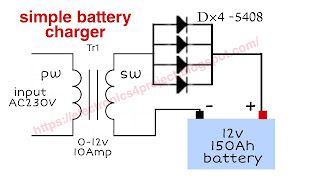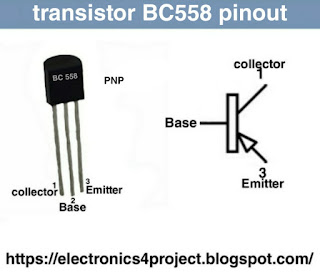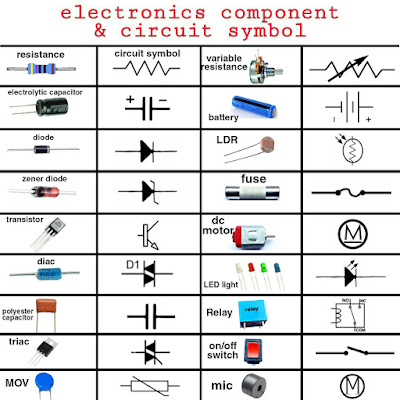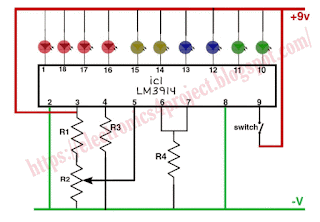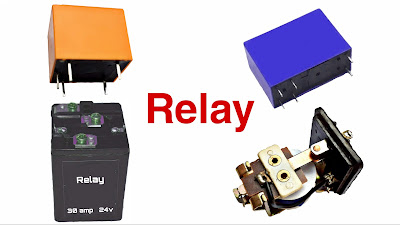battery maintenance tips

Everyone is using the battery nowadays, whether in your vehicle or for inverter, so along with using the battery, it is also important to maintain it because you have to spend a lot of money in getting another battery. In this post, you will learn some such tips on the maintenance of the battery, by following which the battery will not get spoiled quickly and its life will also be almost doubled. Some important tips for battery maintenance are given below. 1 (Water) The most important thing for the battery is that the amount of water in the acid present inside the battery should not be less. Because when the battery is repeatedly charged and discharged, the amount of water in the acid present inside the battery gradually decreases by burning, so it becomes necessary to check the water level inside the battery from time to time. And if the amount of water inside the battery has decreased, then water should be added to it immediately b







